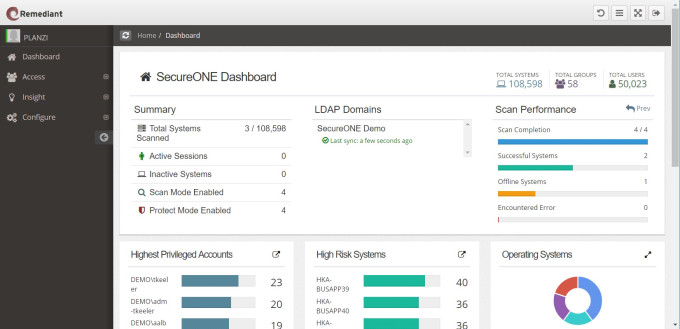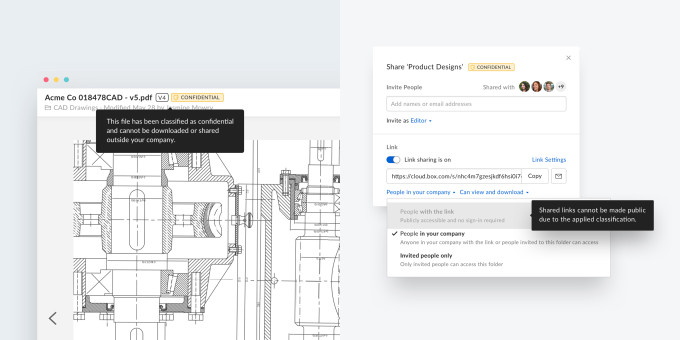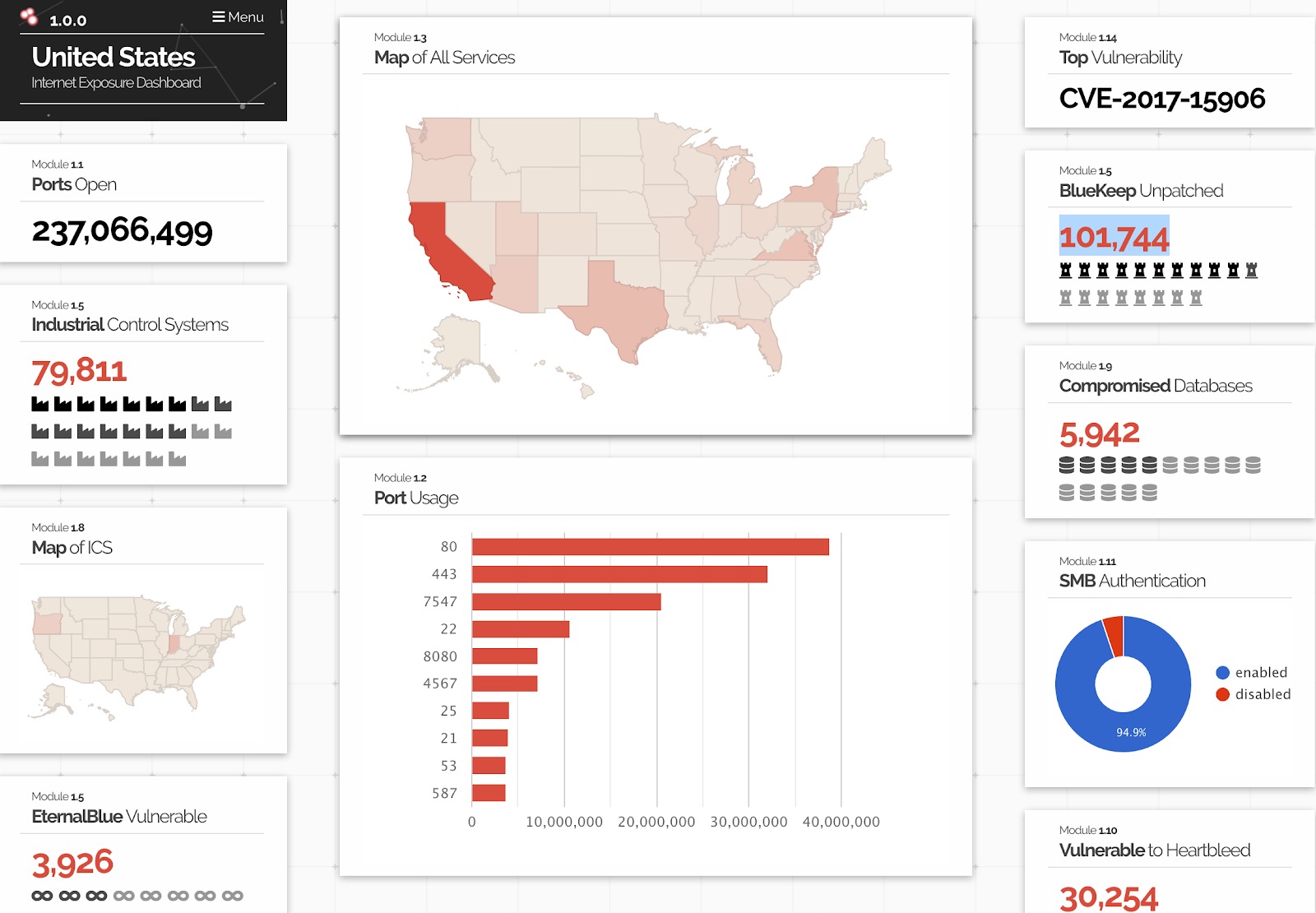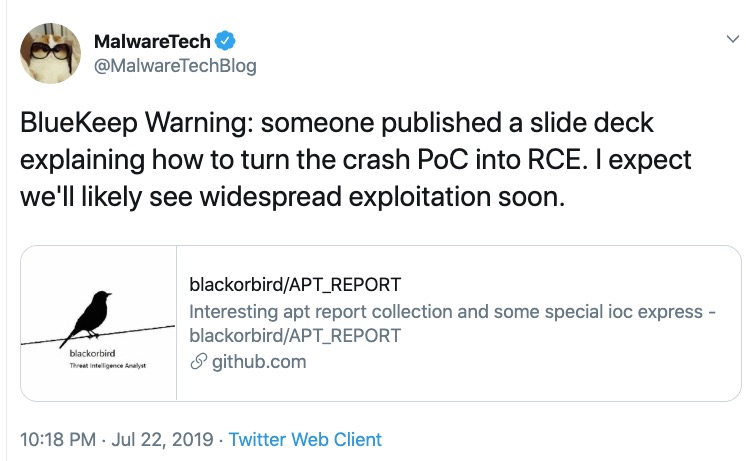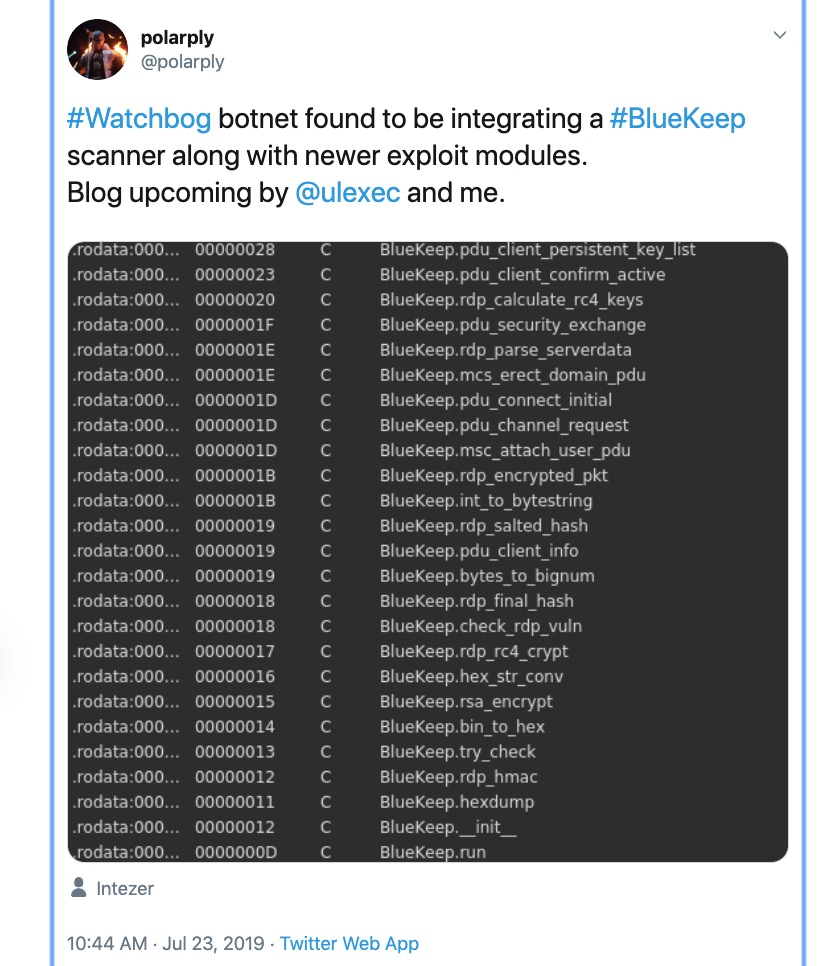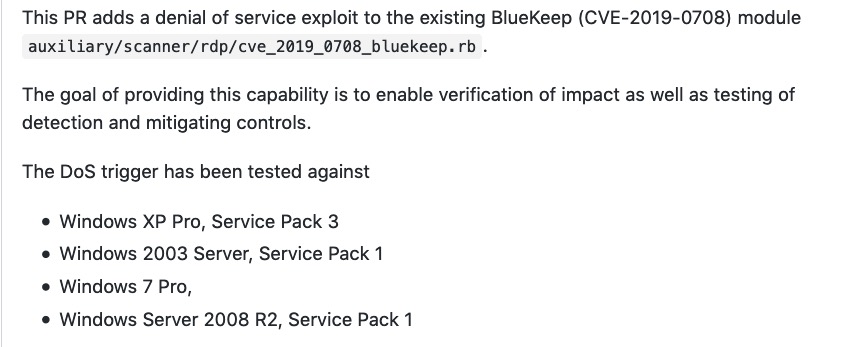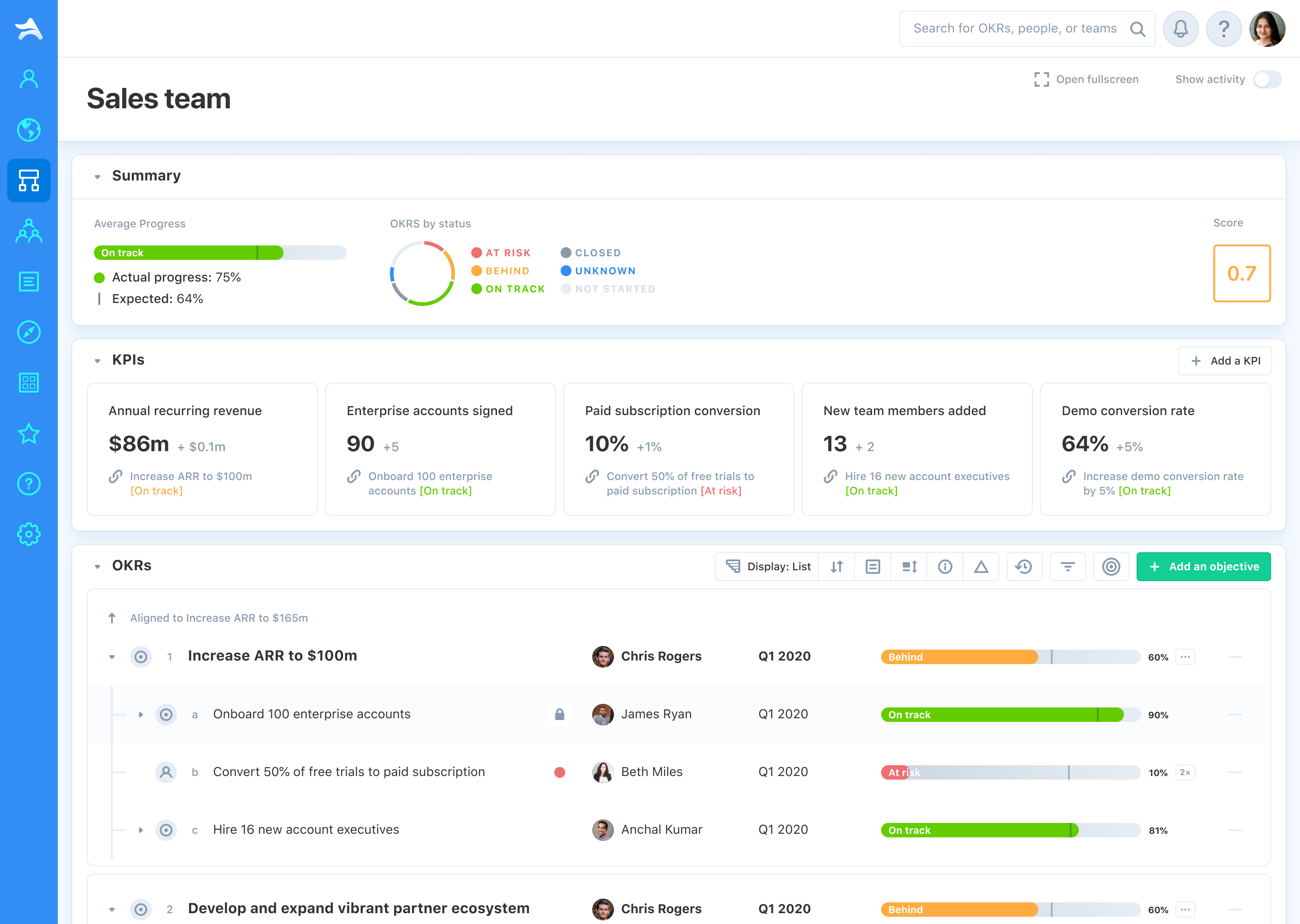Alex Williams
Contributor
Alex Williams is the founder and publisher of
The New Stack, which publishes explanations and analysis of at-scale, distributed technologies for developers, DevOps and other IT professionals.
More posts by this contributor
Once considered the most boring of topics, enterprise software is now getting infused with such energy that it is arguably the hottest space in tech.
It’s been a long time coming. And it is the developers, software engineers and veteran technologists with deep experience building at-scale technologies who are energizing enterprise software. They have learned to build resilient and secure applications with open-source components through continuous delivery practices that align technical requirements with customer needs. And now they are developing application architectures and tools for at-scale development and management for enterprises to make the same transformation.
“Enterprise had become a dirty word, but there’s a resurgence going on and Enterprise doesn’t just mean big and slow anymore,” said JD Trask, co-founder of Raygun enterprise monitoring software. “I view the modern enterprise as one that expects their software to be as good as consumer software. Fast. Easy to use. Delivers value.”
The shift to scale out computing and the rise of the container ecosystem, driven largely by startups, is disrupting the entire stack, notes Andrew Randall, vice president of business development at Kinvolk.
In advance of TechCrunch’s first enterprise-focused event, TC Sessions: Enterprise, The New Stack examined the commonalities between the numerous enterprise-focused companies who sponsor us. Their experiences help illustrate the forces at play behind the creation of the modern enterprise tech stack. In every case, the founders and CTOs recognize the need for speed and agility, with the ultimate goal of producing software that’s uniquely in line with customer needs.
We’ll explore these topics in more depth at The New Stack pancake breakfast and podcast recording at TC Sessions: Enterprise. Starting at 7:45 a.m. on Sept. 5, we’ll be serving breakfast and hosting a panel discussion on “The People and Technology You Need to Build a Modern Enterprise,” with Sid Sijbrandij, founder and CEO, GitLab, and Frederic Lardinois, enterprise writer and editor, TechCrunch, among others. Questions from the audience are encouraged and rewarded, with a raffle prize awarded at the end.
Traditional virtual machine infrastructure was originally designed to help manage server sprawl for systems-of-record software — not to scale out across a fabric of distributed nodes. The disruptors transforming the historical technology stack view the application, not the hardware, as the main focus of attention. Companies in The New Stack’s sponsor network provide examples of the shift toward software that they aim to inspire in their enterprise customers. Portworx provides persistent state for containers; NS1 offers a DNS platform that orchestrates the delivery internet and enterprise applications; Lightbend combines the scalability and resilience of microservices architecture with the real-time value of streaming data.
“Application development and delivery have changed. Organizations across all industry verticals are looking to leverage new technologies, vendors and topologies in search of better performance, reliability and time to market,” said Kris Beevers, CEO of NS1. “For many, this means embracing the benefits of agile development in multicloud environments or building edge networks to drive maximum velocity.”
Enterprise software startups are delivering that value, while they embody the practices that help them deliver it.
The secrets to speed, agility and customer focus
Speed matters, but only if the end result aligns with customer needs. Faster time to market is often cited as the main driver behind digital transformation in the enterprise. But speed must also be matched by agility and the ability to adapt to customer needs. That means embracing continuous delivery, which Martin Fowler describes as the process that allows for the ability to put software into production at any time, with the workflows and the pipeline to support it.
Continuous delivery (CD) makes it possible to develop software that can adapt quickly, meet customer demands and provide a level of satisfaction with benefits that enhance the value of the business and the overall brand. CD has become a major category in cloud-native technologies, with companies such as CircleCI, CloudBees, Harness and Semaphore all finding their own ways to approach the problems enterprises face as they often struggle with the shift.
“The best-equipped enterprises are those [that] realize that the speed and quality of their software output are integral to their bottom line,” Rob Zuber, CTO of CircleCI, said.
Speed is also in large part why monitoring and observability have held their value and continue to be part of the larger dimension of at-scale application development, delivery and management. Better data collection and analysis, assisted by machine learning and artificial intelligence, allow companies to quickly troubleshoot and respond to customer needs with reduced downtime and tight DevOps feedback loops. Companies in our sponsor network that fit in this space include Raygun for error detection; Humio, which provides observability capabilities; InfluxData with its time-series data platform for monitoring; Epsagon, the monitoring platform for serverless architectures and Tricentis for software testing.
“Customer focus has always been a priority, but the ability to deliver an exceptional experience will now make or break a “modern enterprise,” said Wolfgang Platz, founder of Tricentis, which makes automated software testing tools. “It’s absolutely essential that you’re highly responsive to the user base, constantly engaging with them to add greater value. This close and constant collaboration has always been central to longevity, but now it’s a matter of survival.”
DevOps is a bit overplayed, but it still is the mainstay workflow for cloud-native technologies and critical to achieving engineering speed and agility in a decoupled, cloud-native architecture. However, DevOps is also undergoing its own transformation, buoyed by the increasing automation and transparency allowed through the rise of declarative infrastructure, microservices and serverless technologies. This is cloud-native DevOps. Not a tool or a new methodology, but an evolution of the longstanding practices that further align developers and operations teams — but now also expanding to include security teams (DevSecOps), business teams (BizDevOps) and networking (NetDevOps).
“We are in this constant feedback loop with our customers where, while helping them in their digital transformation journey, we learn a lot and we apply these learnings for our own digital transformation journey,” Francois Dechery, chief strategy officer and co-founder of CloudBees, said. “It includes finding the right balance between developer freedom and risk management. It requires the creation of what we call a continuous everything culture.”
Leveraging open-source components is also core in achieving speed for engineering. Open-source use allows engineering teams to focus on building code that creates or supports the core business value. Startups in this space include Tidelift and open-source security companies such as Capsule8. Organizations in our sponsor portfolio that play roles in the development of at-scale technologies include The Linux Foundation, the Cloud Native Computing Foundation and the Cloud Foundry Foundation.
“Modern enterprises … think critically about what they should be building themselves and what they should be sourcing from somewhere else,” said Chip Childers, CTO of Cloud Foundry Foundation . “Talented engineers are one of the most valuable assets a company can apply to being competitive, and ensuring they have the freedom to focus on differentiation is super important.”
You need great engineering talent, giving them the ability to build secure and reliable systems at scale while also the trust in providing direct access to hardware as a differentiator.
Is the enterprise really ready?
The bleeding edge can bleed too much for the likings of enterprise customers, said James Ford, an analyst and consultant.
“It’s tempting to live by mantras like ‘wow the customer,’ ‘never do what customers want (instead build innovative solutions that solve their need),’ ‘reduce to the max,’ … and many more,” said Bernd Greifeneder, CTO and co-founder of Dynatrace . “But at the end of the day, the point is that technology is here to help with smart answers … so it’s important to marry technical expertise with enterprise customer need, and vice versa.”
How the enterprise adopts new ways of working will affect how startups ultimately fare. The container hype has cooled a bit and technologists have more solid viewpoints about how to build out architecture.
One notable trend to watch: The role of cloud services through projects such as Firecracker. AWS Lambda is built on Firecracker, the open-source virtualization technology, built originally at Amazon Web Services . Firecracker serves as a way to get the speed and density that comes with containers and the hardware isolation and security capabilities that virtualization offers. Startups such as Weaveworks have developed a platform on Firecracker. OpenStack’s Kata containers also use Firecracker.
“Firecracker makes it easier for the enterprise to have secure code,” Ford said. It reduces the surface security issues. “With its minimal footprint, the user has control. It means less features that are misconfigured, which is a major security vulnerability.”
Enterprise startups are hot. How they succeed will determine how well they may provide a uniqueness in the face of the ever-consuming cloud services and at-scale startups that inevitably launch their own services. The answer may be in the middle with purpose-built architectures that use open-source components such as Firecracker to provide the capabilities of containers and the hardware isolation that comes with virtualization.
Hope to see you at TC Sessions: Enterprise. Get there early. We’ll be serving pancakes to start the day. As we like to say, “Come have a short stack with The New Stack!”

![]()

